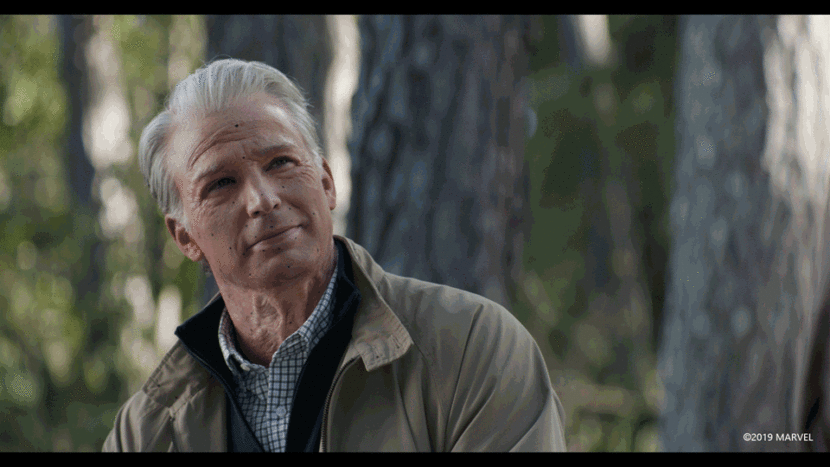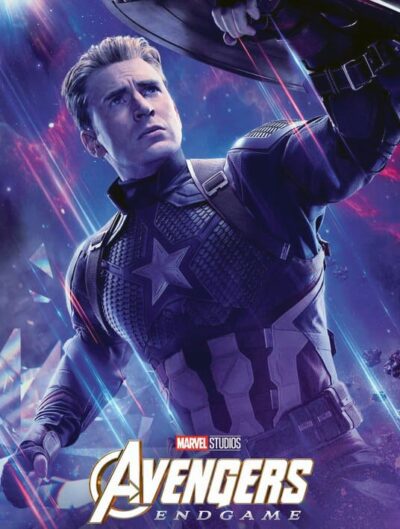 Marvel Studios’ Avengers: Endgame, is the climactic conclusion to an unprecedented, 11-year cinematic journey in which the Avengers take their final stand against Thanos. It also delivered the biggest opening weekend in history and the film is now the highest-grossing film of all time.
Marvel Studios’ Avengers: Endgame, is the climactic conclusion to an unprecedented, 11-year cinematic journey in which the Avengers take their final stand against Thanos. It also delivered the biggest opening weekend in history and the film is now the highest-grossing film of all time.
Avengers: Endgame featured a surprise twist at the end of the film, with Captain Ameria taking the long way round to get back to the present day. This meant that Chris Evans appeared as an old man at the end of the film. Lola VFX supervisor Trent Claus was responsible for supervising the old Cap transformation.
How Old is Cap at the End of Avengers?
If you one does the maths – as the filmmakers did, then allowing for how old Steve Rogers was when he was transformed, and assuming he did not age while he was frozen, then by the end of Endgame he should be almost a 120 years old. But then Steve Rogers is .. Steve Rogers. For design purposes, Lola VFX used a younger age target for Chris Evans. “The working assumption was that he’s around 119 in human years. But of course for Cap, that puts him ambiguously around his 80s or 90s,” explains Claus
Onset Chris Evans wore some prosthetic makeup, but this was crafted before LolaVFX supervisor Trent Claus had been able to develop the final look for the Old Captain America. So while many people have assumed this was the basis for the visual effects aging, the first stage of doing the final aging VFX was to digitally remove the makeup seen in the original plate shot, back to how the actor Chris Evans actually looks himself. Only then did the LolaVFX team add digital aging to achieve the final imagery.
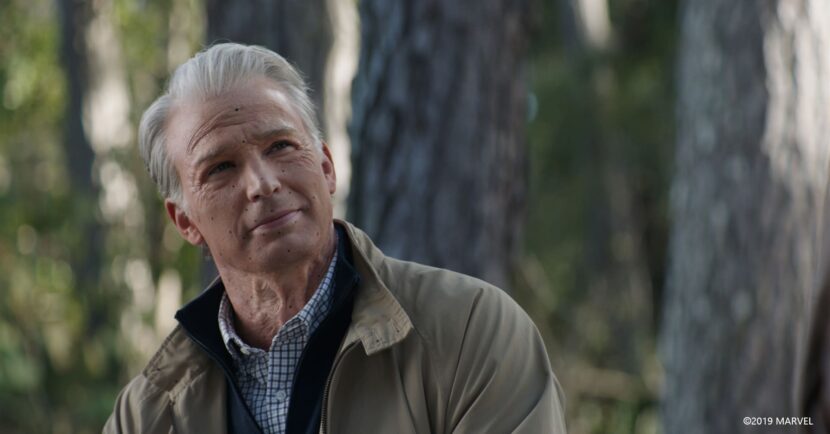
Lola had done old Peggy in Captain America 2: The Winter Soldier, and they learned a lot doing that film. One of the lessons was the work required to do extensive neck aging. For Old Peggy, actress Hayley Atwell was shot without any special effects makeup. “For principal photography, we had decided that she should be shot clean, except for her wig, but we found that so much time was spent on her neck and that it isn’t really worth it, cause nobody cares about the neck, but yet you have to do it” explains Claus. “On this one, we really wanted some help, so we talked to Legacy Effects and they built a great neck prosthetic for us, which was phenomenal and it really helped us a lot and saved us a ton of time”. Unfortunately, it was also decided to add some physical makeup to Chris’s face and this ended up having to all be digitally removed.
One of the first problems for this style of work is arriving at what the final character should look like. Unlike Lola’s de-aging work, there is no absolute reference of what the older character should look like. The first major task Claus does on these types of projects is to work up a visual treatment for what an older version of the actor might look like. “We do a whole lot of look-dev. We did look-dev on old Cap for over six months. At this stage, I was just trying to nail down what he should look like, where wrinkles should be, how many wrinkles there should be, how many imperfections he should have, such as age spots and broken blood vessels and capillaries, etc” he explains. Surprisingly, Lola tries to avoid doing this using Photoshop as they have found some clients can fall in love with a Photoshop trick that the team then cannot later match in a final VFX comp. They prefer to build the target look in the comp, typically in Flame, just using the Flame tools they will have for use on the actual final shots.
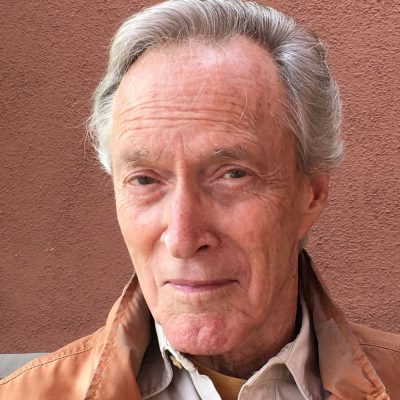
As with other Marvel films, Lola got to be involved in the hiring process for an actor to provide a face reference for old Steve. Actor Patrick Gorman was selected as Old Cap’s reference. At 5′ 10, the actor is about 2″ shorter than Chris Evans, but Claus felt Gorman had the right bone structure and facial features to be a good reference. The Californian actor plays characters typically in the 65-80 year old range. “We were looking for an actor with weathered skin and character”, explained Claus. As part of this process, the Lola team request acting clips of the actor so they can study not just how the double looks, but how their face moves and the expressions they make when smiling for example. “We took Mr. Gorman out to Atlanta, where Avengers was shooting’, he explains. “Chris Evans, as the primary actor, shoots the scene exactly as he wants. And then for every shot, Patrick is in the wings watching and trying to glean any mannerisms, actions or expressions that he can mimic to create the same performance”. For each take, as soon as Chris Evans has done acting, “he would step out and Patrick will step right in, so that we can keep the exact same lighting, keep exactly the same camera setup, etc and then Patrick would act out the same scene”. While this is happening Claus would be studying a video split and comparing the two performances, and advise how to slightly adjust a head angle or timing to better match the head movements of Chris Evans. While the two performances will never perfectly match, the team can then extract key poses and expressions to take back to Lola for use in aging Steve Rogers.
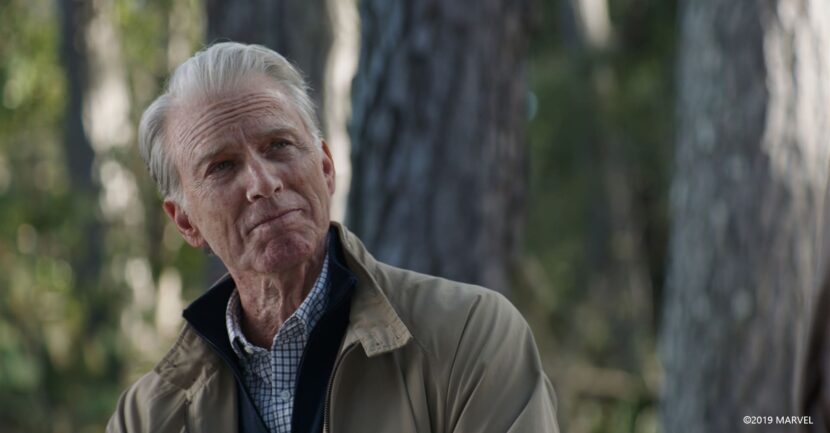
The next stage is for Patrick Gorman to be scanned in Lola’s custom lighting rig in LA. Lola does this not to make a 3D Digi-double but to use as further reference. The lighting sphere can be driven by a light probe but often times the lighting in this scanner is set by eye carefully by the experienced Lola team. “We have used onset HDR data, but more often than not we just end up lighting by eye. Sometimes you have to accentuate certain things more than what they were on set to get the desired result”. For example, if the double’s nose is smaller than the target actor, the shadows cast on the double’s face won’t be the same as should have been when they stood in onset. In this case, the team would manually reposition the lights slightly to cast a longer shadow across the cheek of the stand-in reference double. As this is extremely precise work, the team always do a pre-programming session to reduce the amount of time that any actor would need to sit in the rig. Interesting, the lensing of the original photography of Chris Evans is not relevant at this stage. “No, we don’t have to match to what was shot on set at all, thankfully. Everything we do here at Lola is just treated as an element that gets projected onto what was shot,” Claus adds. The team did also make a photogrammetry head of both Chris Evans and Patrick Gorman but this is primarily used for 3D tracking purposes. The 3D head can be used as a target for projecting textures on to, but it is rare that the team will animate the 3D head unless there is some special need.
The actors are shot on Red Cameras at Lola, at 4K resolution. The onset photography from Marvel is also 4K but Lola finishes their final shots to a 2K master. The 4K footage just allows for greater accuracy in matching the subtle textures of the face.
Once Lola has both the reference material from on-set and their own additional photography, the team is ready to start “carefully going through shot by shot and matching the doubles performance to the hero performance” Claus concludes.
For Old Cap, in addition to skin texture and wrinkles, Chris Evan’s ears are nearly entirely replaced, as is his nose. “Old Cap’s nose has gotten a little bigger, as is normally the case when you age. It is based on Chris’s nose shape and everything, but I’d say it is 90% replaced”, outlines Claus. There is a lot of artistry in the process, and creative decisions For example, Gorman’s lips are pencil-thin, and this was not replicated for Old Cap as the filmmakers did not want Old Cap to look sick or unwell. “The creatives wanted him to look old but never pitiful,” says Claus. “They never wanted the audience to feel sorry for him. That was a big element of our discussion during the process: where is the line with each of the features to where he still looks like a superhero, but just very old?”.
The VFX work of the Lola team extended beyond just the face, “Chris’s hands are all replaced or augmented depending on how much they are seen on screen. We definitely had to work to make the knuckles more prominent and make everything finner. We then added age spots, discoloration, and made the tendons more prominent” he explains.
The work is done not only on a per-shot basis but balancing scenes for the aged Steve Rogers to remain consistent. At some point, technology gives way to experienced digital artistry. “It’s playing with, color, light, and shadow. For example, to give an impression of slightly translucent skin, we may make the Spec highlight land a tiny amount higher than what the apparent skin surface … it really is like digital painting in a way”.
Digital Release
The in-home release of Avengers: Endgame is out on Digital in HD, 4K Ultra HD and Movies Anywhere, and the physical release on 4K Ultra HD, Blu-ray, DVD and On-Demand has just been released.
The release includes bonus material.
Bonus Digital Exclusive:
- Steve and Peggy: One Last Dance – Explore Captain America and Peggy Carter’s bond, forged in moments from previous films that lead to a momentous choice in “Avengers: Endgame.”
Also on the Blu-ray & Digital Exclusive are:
- Remembering Stan Lee – Filmmakers and cast honor the great Stan Lee in a fond look back at his MCU movie cameos.
- Setting The Tone: Casting Robert Downey Jr. – Hear the tale of how Robert Downey Jr. was cast as Tony Stark in the original “Iron Man” — and launched the MCU.
- A Man Out of Time: Creating Captain America – Trace the evolution of Captain America with those who helped shape the look, feel and character of this compelling hero.
- Black Widow: Whatever It Takes – Follow Black Widow’s journey both within and outside the Avengers, including the challenges she faced and overcame along the way.
- The Russo Brothers: Journey to Endgame – See how Anthony and Joe Russo met the challenge of helming two of the biggest films in cinematic history … back-to-back!
- The Women of the MCU – MCU women share what it was like to join forces for the first time in an epic battle scene — and be part of such a historic ensemble.
- Bro Thor – His appearance has changed but his heroism remains! Go behind the scenes to see how Bro Thor was created.
- Six Deleted Scenes – “Goji Berries,” “Bombs on Board,” “Suckiest Army in the Galaxy,” “You Used to Frickin’ Live Here,” “Tony and Howard” and “Avengers Take a Knee.”
- Gag Reel – Laugh along with the cast in this epic collection of flubs, goofs, and gaffes from set.
- Visionary Intro – Intro by directors Joe and Anthony Russo.
- Audio Commentary – Audio commentary by directors Anthony and Joe Russo, and writers Christopher Markus and Stephen McFeely.

